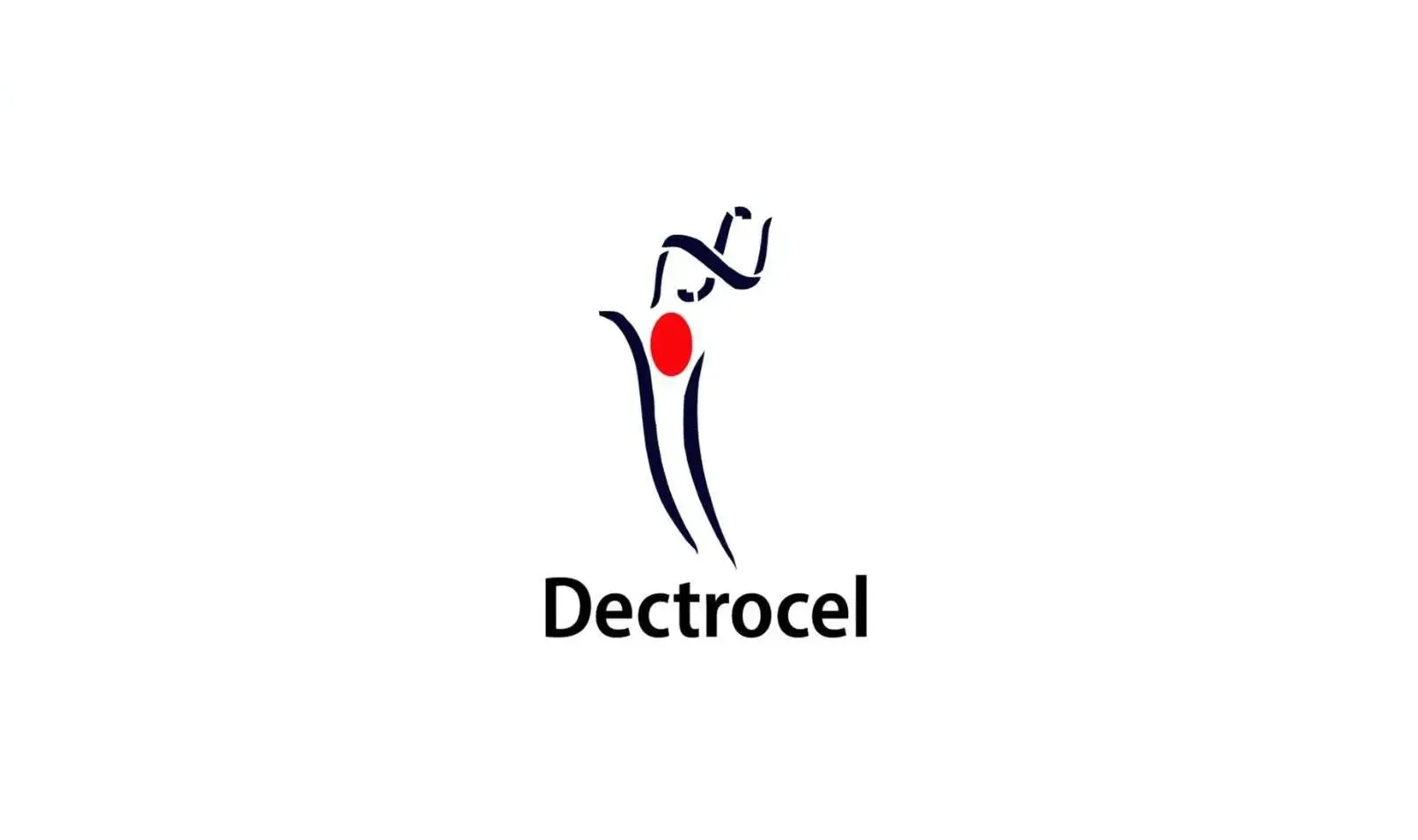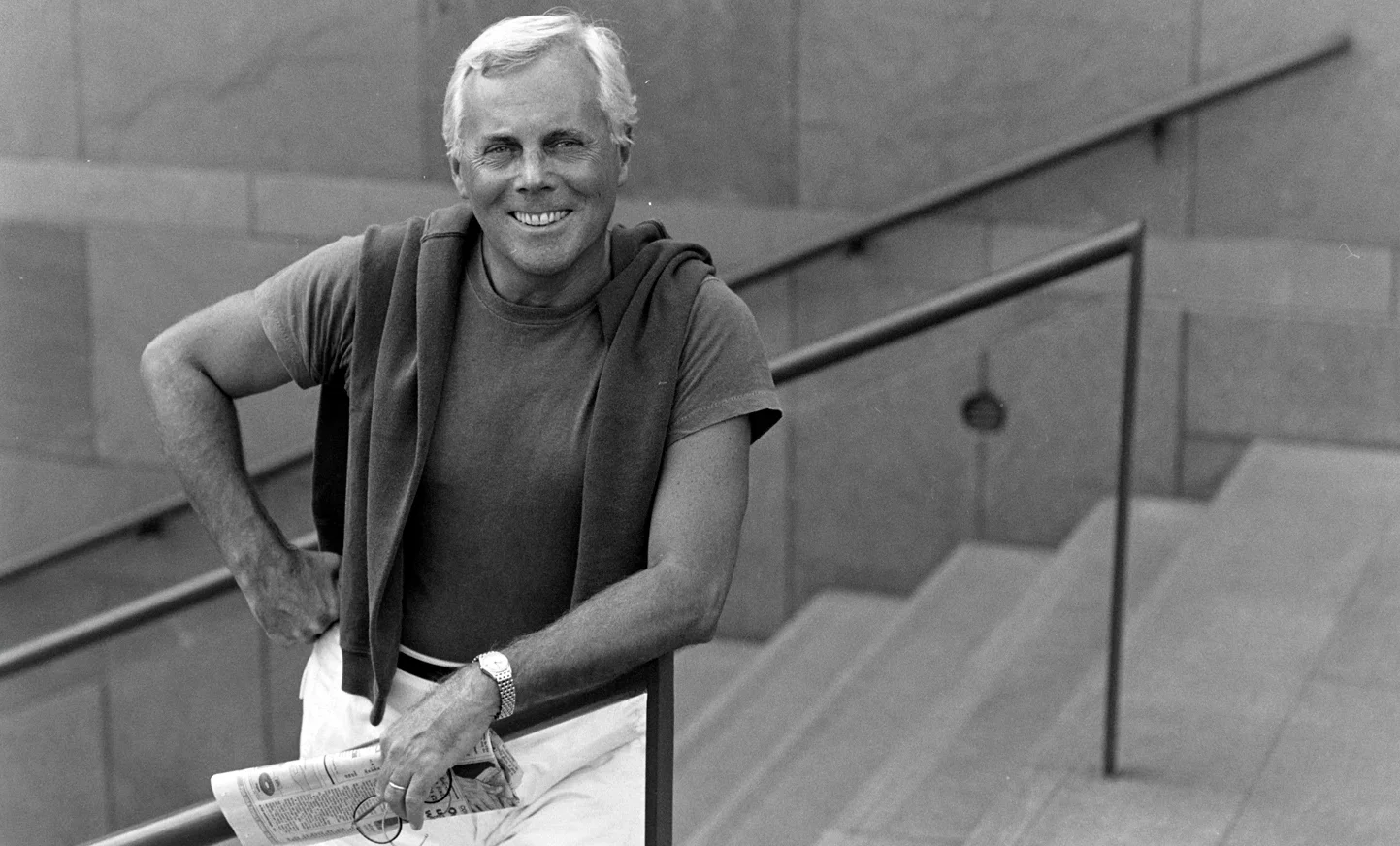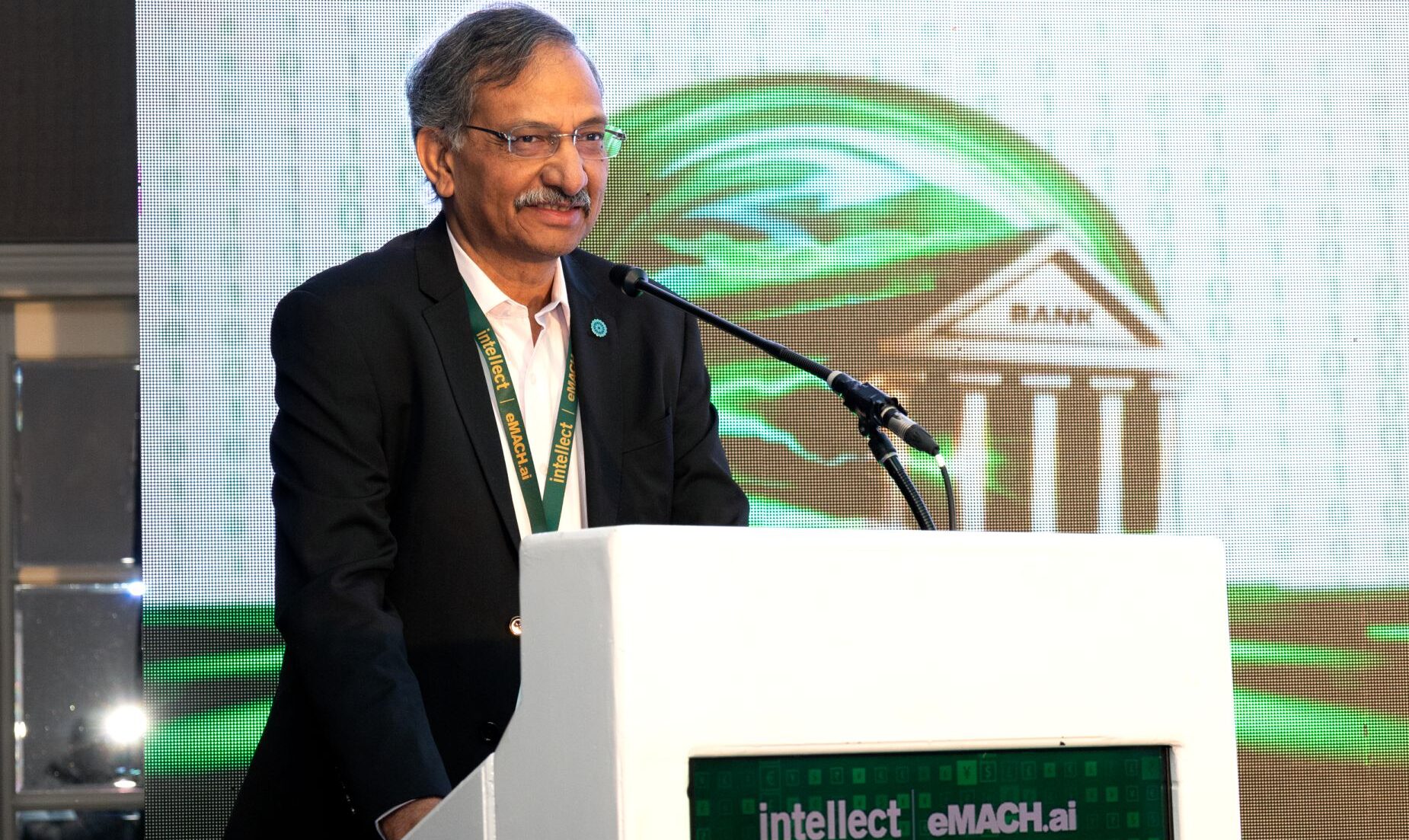The Electric Vehicle (EV) landscape has faced severe chaos since BluSmart abruptly paused services. Amid the chaos, a moment of clarity emerged from an unlikely source: Shoffr, a ride-hailing startup with just 150 EVs on the road.
Vikas Bardia, the startup’s co-founder and CEO, has penned his thoughts on X, highlighting the benefits of being a second mover and the company’s focus on scaling right, not just fast.
Learning from the Mistakes of Peers
In his post on X, he mentioned that there are certain advantages of being the second movers, as it allows learning from the mistakes of the first ones. He also stresses providing quality and balancing supply with demand while scaling.
“And after 2.5 years of running Shoffr, I can say that maintaining quality and balancing supply with demand as we scale matters. For example, it’s far more difficult to find quality drivers who will maintain our standards because they are vested in us, and not merely because we’re throwing unsustainable money at them. Or if we suddenly add cars and demand doesn’t catch up, we’re stressing our cashflows – then it’s a downward spiral to offering discounts, slashing fares, and all things that hurt the brand and revenue,” Bardia stated.
BluSmart vs Shoffr- The Smart Strategy
BluSmart scaled aggressively in its golden days and dazzled the market with 7,000 EVs in less than three years. But Shoffr, on the other hand, runs a fraction of that fleet across just two cities: Bengaluru and Delhi. The contrast is not accidental. It’s a strategy of providing a gold standard of rides!
Talking about the playbook, Shoffr’s founders are quite candid; according to them, there is no harm in being the second movers, and they believe in letting the first movers rush in, then move smarter.
An Alternative Path for Success
Numerous mobility startups find themselves caught in the grind of short-distance, low-margin, high-churn urban rides. But, Shoffr took a different route-
- The Premium Use Cases: Airport transfers, Outstation travel, Business trips, etc. These longer, higher-margin rides justify better vehicles, better service, and better economics.
- Standardization: Then comes another radical choice- standardisation. Almost the entire Shoffr fleet consists of BYD electric vehicles, streamlining maintenance, spare parts, and training. This laser focus reduces variability and keeps operational efficiency high.
- Unit Profitability: Shoffr also resists the temptation to overhire or overexpand, as they believe every car must be unit profitable. Not someday, but today. Every single month. For every 30 new cars, they need around 70 drivers. But if 20 of those don’t meet standards? Quality tanks. So they grow slowly, carefully, and with discipline.
Not Uber but Shoffr
Shoffr doesn’t try to be everything for everyone like other mobility startups Uber and OLA, it doesn’t offer instant pickups from anywhere, anytime. This is simply because on-demand rides require tens of thousands of vehicles spread thin across vast geographies in India. Hence, Shoffr sees the trap and sidesteps it.
Instead, its model leans into pre-scheduled rides. Airport drops. Pre-booked outstation trips. This isn’t about inventing new behavior. These needs existed long before ride-hailing apps. Shoffr just delivers a more reliable, electric-powered version of the same.
India’s 1st Community Funded Mobility Startup
- 30% of the investors are founders themselves, who have collectively raised more than $2.5 billion
- 10% of the investors are women, including the joint-highest investor
- 60% of their investors are based out of Bengaluru
- 47% of the investors are first-timers investing in a startup

Not just that, Shoffr has turned its most loyal customers into investors, creating a unique ecosystem where users don’t just ride with the brand, they own a part of its journey.
As Indian mobility stares down its next chapter, Shoffr may not be the flashiest player on the field, but it might just be the smartest.
Read More: The Cai Store: Vegan Footwear for the Modern Indian Woman
























